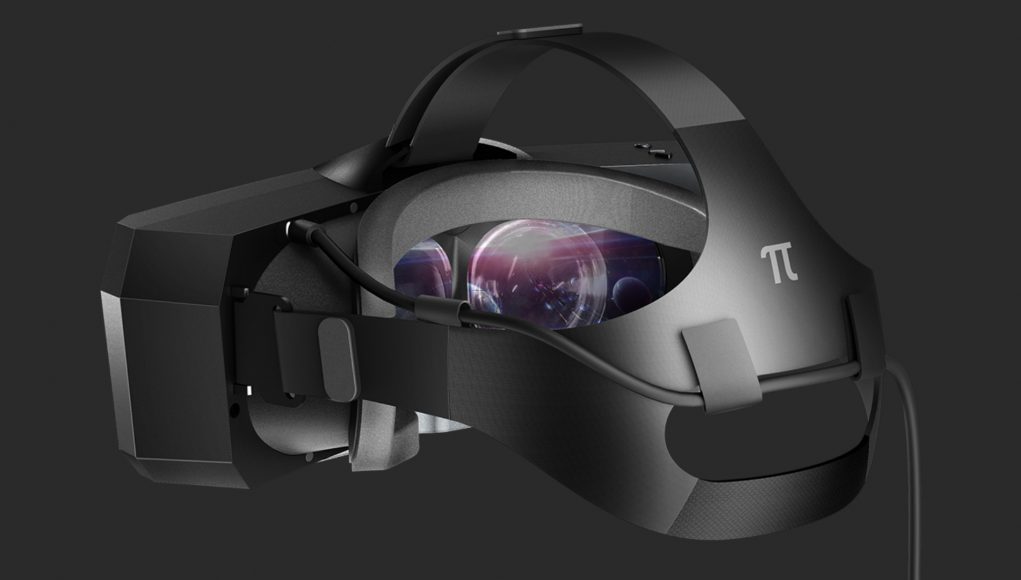Pimax today announced their Brainwarp software will be coming out of beta soon with the official launch of Brainwarp version 1.0.
Like Oculus’ Asynchronous Spacewarp, Brainwarp was designed to reduce the massive hardware requirements needed to run the headset’s high resolution displays; it’s also touted for its ability to improve latency and maintain acceptable refresh rates.
The 1.0 release will include three main tools, all of which were seen in the previous Brainwarp beta first released in January. Pimax says the official release “will ensure a smooth and optimized VR experience.” Brainwarp 1.0 is said to release sometime this week, although the exact date isn’t certain at this point.
The tools include: Smart Smoothing, Fixed Foveated Rendering (FFR) and Refresh Rate Switching (RRS). The company says these can be enabled or disabled individually by the user as needed.
Here’s a quick roundup of each tool, and how they’re positioned to improve the user experience with Pimax’s headsets, including Pimax “8K”, “5K” Plus, and “5K” XR (ex-“5K” BE).
- Smart Smoothing: compensates for low frame rates by halving the effective frame rate to 45 fps and filling with synthetic frames as necessary, much like Oculus’ ASW or Valve’s Motion Smoothing. Pimax says you can use GPUs such as the NVIDIA GeForce RTX 2060 or GTX 1070 to play most VR games with any of its headsets thanks to Smart Smoothing.
- Fixed Foveated Rendering (FFR): renders the center of the lenses at full resolution and progressively diminishes the resolution outward toward the user’s peripheral vision. Pimax claims performance gains of a typical VR game are between 10-30%. Compatibility with this feature is currently limited to NVIDIA RTX GPUs.
- Refresh Rate Switching (RRS): can be used in conjunction with Smart Smoothing and FFR. With different mode options for the refresh rate (5K Plus: 90/72/64Hz, 8K: 80/72/64Hz), users have the ability to select the mode for their desired use with different games to achieve the best experience.






